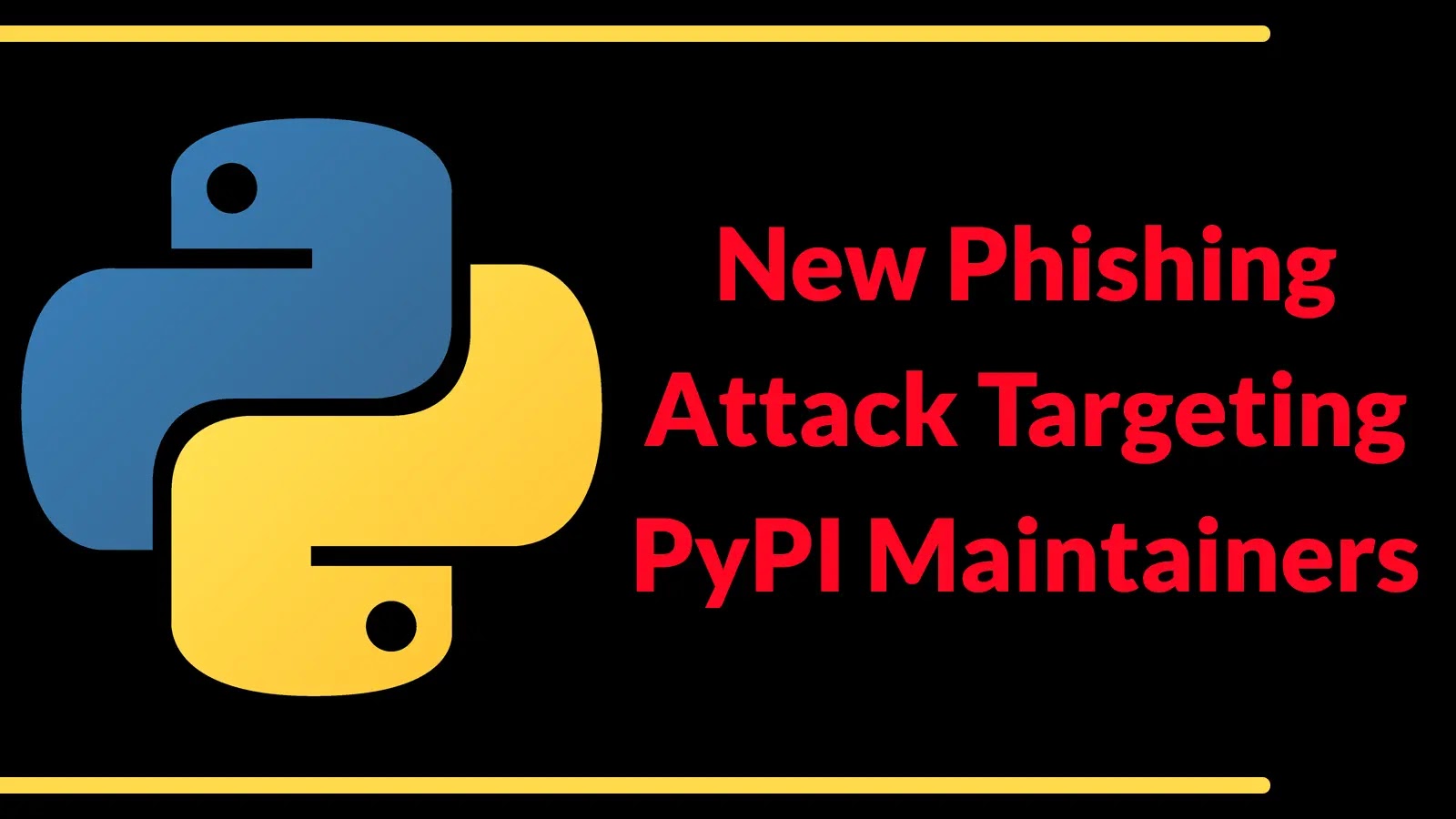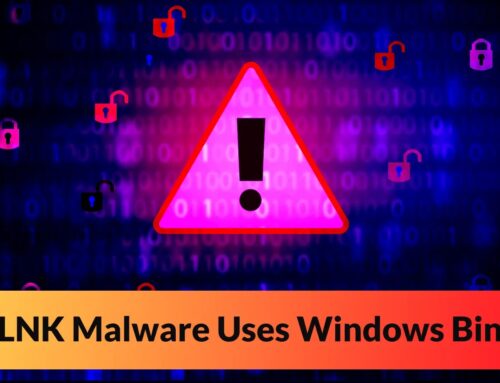
New Phishing Attack Targeting PyPI Maintainers to Steal Login Credentials
Urgent Warning: Phishing Campaign Targets PyPI Maintainers, Threatens Software Supply Chain Integrity
In the evolving landscape of software development, the Python Package Index (PyPI) stands as a critical repository for countless projects. When the security of PyPI’s foundation is compromised, the integrity of the entire software supply chain is at risk. A sophisticated phishing campaign has emerged, directly targeting PyPI package maintainers with the goal of stealing their authentication credentials. This attack represents a significant threat to the open-source ecosystem, potentially enabling malicious actors to inject harmful code into widely used packages.
Understanding the PyPI Phishing Attack Mechanics
This latest phishing operation is a prime example of targeted social engineering combined with domain confusion tactics. The attackers craft highly convincing emails designed to mimic official PyPI communications. These emails are meticulously engineered to appear legitimate, leveraging branding and language consistent with authentic PyPI notifications. The primary objective is to lure unsuspecting maintainers into clicking malicious links embedded within these emails.
Once a maintainer clicks the link, they are directed to a fraudulent website. These malicious domains are carefully chosen to closely resemble the legitimate PyPI infrastructure, often employing typosquatting or subtle variations in the domain name to evade immediate detection. The visual fidelity of these phishing pages is high, creating a deceptive environment where maintainers are prompted to enter their PyPI login credentials, effectively handing them over to the attackers.
The Threat of Domain Confusion and Credential Theft
The core of this attack relies on domain confusion. Attackers register domains that look strikingly similar to official PyPI URLs (e.g., pyp1.org instead of pypi.org, or pyp-i.com). This subtle difference can easily be overlooked by busy developers, especially when interacting with emails that seem urgent or important.
Once credentials are stolen, the implications are severe. With access to a maintainer’s PyPI account, attackers can:
- Publish malicious versions of legitimate packages: This is a supply chain attack that could impact thousands, if not millions, of downstream users.
- Inject backdoors or malware: Compromised packages can become vectors for further attacks on developer systems or production environments.
- Manipulate package metadata: Gaining control over a package allows attackers to alter release notes, descriptions, and dependencies.
- Gain further access: Stolen credentials might be reused on other platforms due to credential stuffing, expanding the attacker’s reach.
This type of attack underscores the critical importance of scrutinizing URLs and sender identities in all digital communications.
Remediation Actions for PyPI Maintainers and Developers
Protecting against this and similar phishing campaigns requires vigilance and proactive security measures. PyPI maintainers, and indeed all developers, should implement the following recommendations:
- Enable Two-Factor Authentication (2FA) immediately: This is the single most effective deterrent against credential theft. PyPI supports various 2FA methods, including TOTP and WebAuthn. Even if credentials are stolen, 2FA prevents unauthorized access.
- Scrutinize Email Senders and Links: Always verify the sender’s email address and hover over (DO NOT CLICK) any links to inspect the actual URL before navigating. Look for subtle misspellings, unusual subdomains, or domain variations.
- Access PyPI Directly: Instead of clicking links in emails, navigate directly to
https://pypi.org/or any other legitimate PyPI URL by typing it into your browser. - Report Suspicious Emails: Forward any suspicious communications purporting to be from PyPI to their security team. This helps PyPI track and mitigate ongoing threats.
- Use a Password Manager: Password managers can help identify phishing sites by not auto-filling credentials on unrecognized domains.
- Stay Informed: Keep abreast of the latest security advisories from PyPI and other open-source communities.
- Isolate Development Environments: Use virtual machines or containers for development to limit the blast radius if a system is compromised.
Tools for Enhancing Security and Detection
While prevention is key, several tools can aid in detecting and mitigating phishing attempts and their aftermath.
| Tool Name | Purpose | Link |
|---|---|---|
| YubiKey / FIDO2 Keys | Hardware security keys for strong 2FA (WebAuthn) | https://www.yubico.com/ |
| Password Managers (e.g., LastPass, 1Password) | Secure credential storage and auto-fill only on verified domains | https://www.lastpass.com/ |
| Phishing Analyzers (e.g., URLScan.io) | Analyze suspicious URLs for malicious content or phishing indicators | https://urlscan.io/ |
| Security Awareness Training | Educate users on identifying phishing attempts and social engineering tactics | Not a direct tool, but crucial for human defense |
Conclusion
The recent phishing campaign targeting PyPI maintainers underscores the continuous need for robust cybersecurity practices within the software development community. The elegance of domain confusion and the effectiveness of social engineering make these attacks particularly dangerous. By prioritizing strong authentication, exercising extreme caution with email interactions, and staying informed, developers can significantly harden their defenses and protect the integrity of the open-source ecosystem. Vigilance is not just recommended; it is essential in safeguarding our shared digital infrastructure.





